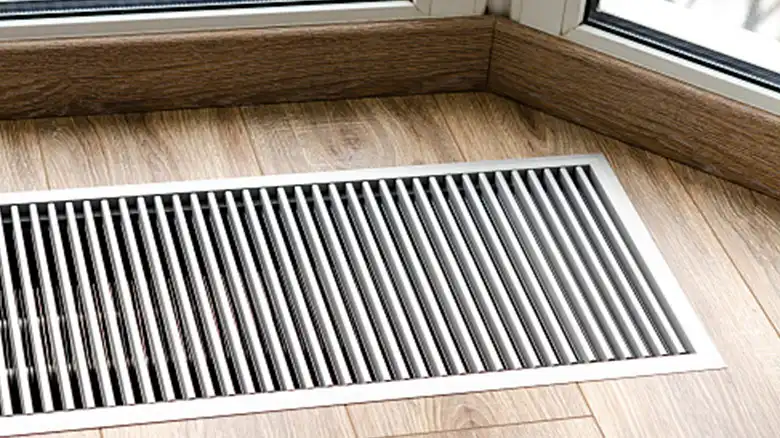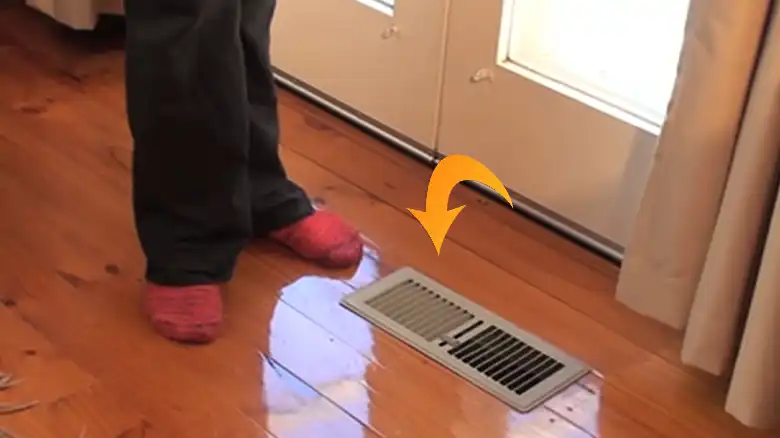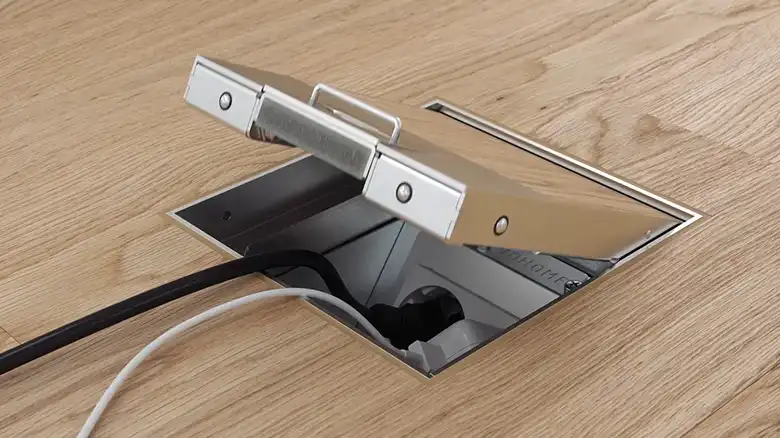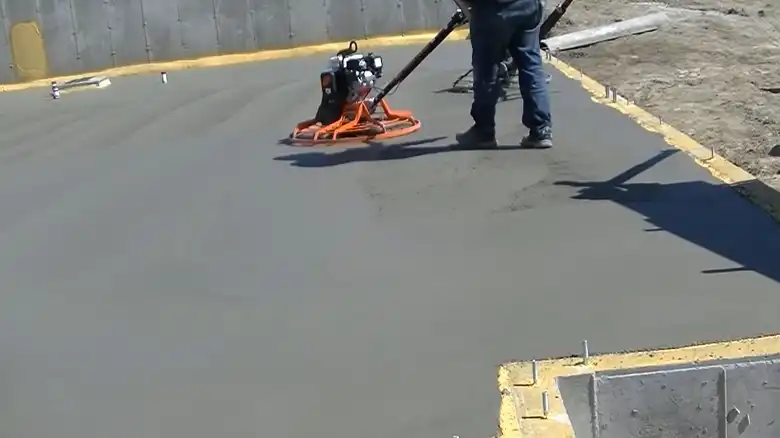Basement floors often get a bad rap for being damp, musty spaces where moisture issues run rampant. This leads many homeowners to wonder – should I allow my basement floor to “breathe” to prevent problems? Or do I need to fully seal and encapsulate the floor?
One of the common misconceptions about basement floors is that they need to breathe. This is not entirely true. Concrete is a porous material, so it can absorb and release moisture. However, this does not mean that concrete floors need to be exposed to the air in order to stay healthy. In fact, too much exposure to the air can actually damage concrete floors.
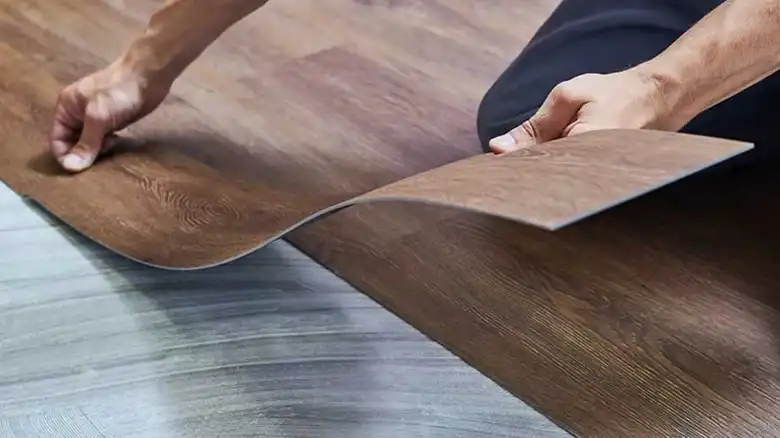
Theory Behind Breathing Basement Floors
The logic behind letting basement floors breathe is that it allows moisture under the slab to evaporate into the basement air. This moisture evaporation is supposed to stop the growth of mold, mildew, and bacteria. It can also prevent damage to flooring materials which swell when damp.
Here’s how it works:
- A breathing floor means leaving the concrete slab exposed or using breathable floor coverings like laminate or carpets.
- These materials have microscopic pores that allow moisture to pass through.
- As moisture evaporates from the underside of the flooring, it increases humidity in the basement air.
- Ideally, this keeps the slab surface drier so floors don’t become damaged from the bottom up.
Plenty of basement finishing guides recommend breathing floors. But it’s debatable how effective this strategy really is.
Pitfalls of Letting Basement Floors Breathe
While the concept sounds good in theory, here are three reasons why breathing basement floors often fail in real life:
1. Basement Air is Often Damp
For moisture to evaporate from concrete, the indoor air must be dry enough to absorb it. However, many basements have high humidity between 50-70% RH.
Cool basement temperatures also limit evaporation. So breathing floors don’t necessarily stop the slab from getting damp. Moisture becomes trapped underneath, leading to peeling paint, warped floors, and mold growth.
2. Moisture Can Still Seep In
Breathing floors allow moisture vapor to rise up from the ground below. Even if some moisture evaporates into the air, the concrete slab will never be completely dry.
This “two-way moisture exchange” can cause a musty smell and promote mold growth. It also increases basement humidity creating condensation issues.
3. Concrete Absorbs Moisture Easily
Bare concrete is porous and naturally absorbs moisture. An exposed slab will always collect dampness to some degree from the earth.
Covering the floor with an impermeable layer actually protects the slab by limiting moisture absorption. So breathing floors don’t prevent the root cause of rising dampness.
Better Solutions for Dry Basement Floors
Rather than relying on breathing floors, your best bet is a proactive moisture control strategy. Here are some highly effective ways to keep basement floors dry and prevent damage:
Install a Vapor Barrier
A vapor barrier placed underneath the flooring creates an impermeable seal against moisture. Plastic polyethylene sheeting is an inexpensive and easy option.
Make sure overlapping seams are sealed properly with moisture-resistant tape. Use a vapor barrier-safe adhesive if installing flooring over the barrier. Extend the barrier at least 6 inches up the foundation walls for added protection.
Vapor barrier paints also effectively block moisture when applied to the slab. Look for epoxy-based products intended for basement use.
Waterproof Foundation Walls
Stopping moisture from seeping through foundation walls is crucial. Exterior basement waterproofing systems work best for this.
Two good options are:
- Membranes – A thick, rubberized membrane is applied to exterior walls. Special waterproofing mastic seal seams and corners.
- Interior Drain Tile – Perforated piping is installed around the perimeter to collect water and redirect it to a sump pump.
An interior French drain with gravel is another approach. Consult a foundation contractor to determine the optimal waterproofing method.
Install a Closed-Cell Foam Subfloor
Adding a subfloor over the vapor barrier provides a thermal break between the slab and interior floors. Closed-cell rigid foam boards work well as they resist moisture absorption.
The subfloor acts as a cushion against condensation, limiting vapor transmission upwards. This helps stabilize basement humidity and prevent musty odors.
Choose Waterproof Flooring Materials
There are lots of stylish basement-friendly floors to pick from:
- Luxury Vinyl Tile or Plank – 100% impervious to water and mimics wood or stone
- Ceramic or Porcelain Tile – Lots of design options, naturally water-resistant
- Seamless Epoxy – Durable and moisture-proof, easy to clean
- Rubber Tiles – Softer underfoot, withstands dampness well
Avoid laminate, carpet, vinyl sheet, and engineered wood which absorb moisture easily. Always check the manufacturer guidelines for basement installation.
Control Humidity Levels
Use a dehumidifier to maintain 40-50% relative humidity in the basement. This stabilizes moisture levels and prevents condensation from forming.
Look for an Energy Star-rated, high-capacity dehumidifier. Make sure it drains properly – using a condensate pump helps remove water away from the foundation.
Key Takeaways
While the idea of breathing basement floors sounds good, it’s not an effective approach on its own. The better solution is preventing moisture from seeping in and using materials that withstand dampness.
The keys to a dry, healthy basement floor include:
- Install a vapor barrier underneath the flooring.
- Waterproof foundation walls.
- Add a closed-cell foam subfloor.
- Choose waterproof flooring.
- Control humidity with a dehumidifier.
End Notes
With the right moisture control strategies, you can have a comfortable, inviting basement space. Just be sure to consult local building codes for any requirements based on your basement plans.
Thanks for reading! I hope these insights help you make informed decisions about your basement flooring project. Let me know if you have any other questions.

